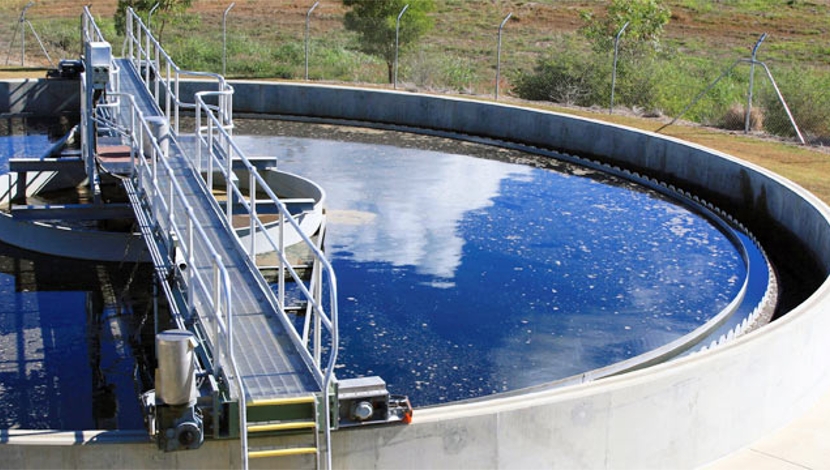

The CSIR continues to research innovations and initiatives to transform the local construction industry said CSIR Principal Researcher Llewellyn van Wyk at the sixth CSIR Conference in Pretoria.
He noted that the country has a problem with its infrastructure. The “Saice Infrastructure Report Card for South Africa”, which covers the period 2011 to 2017, highlighted this.
Based on a US infrastructure evaluation system, this graded local infrastructure into five categories – A (world class), B (fit for the future), C (satisfactory for now), D (at risk) and E (unfit for purpose).
In neither 2011 nor 2017 did one single division or subdivision of South Africa’s infrastructure rank at A. The highest scoring rank achieved was B+. Of the total of 23 infrastructure divisions and subdivisions evaluated, eleven were rated at or below D+ for 2017: almost 50%. Only five were rated B– or above.
The condition of the local construction industry is not helping the situation. He pointed out that the industry was showing a trend of being unable to maintain standards and suffered from an inadequately skilled workforce.
To deal with these problems, the CSIR is seeking to make the construction industry function much more like the manufacturing industry. Although it has done a lot of research, sometimes with overseas partners, on prefabricated housing constructed using a very limited number of standardised panel (wall, floor) units, its current focus is on public infrastructure, such as clinics and schools.
The CSIR has designed a “modular relocatable clinic”. This is composed of a limited variety of units and components that would be manufactured in a factory, transported to site, and erected there. This would reduce costs, accelerate construction, and largely deal with the construction industry’s skills problems.
Moreover, highlighted Van Wyk, once the construction methodology is changed, so, too, can the materials used in construction be changed. Portlandcement is no longer needed.
The CSIR is researching alternative materials, which involve a smaller carbon footprint in their manufacture and are acid resistant. Thus, clay mineral kaolinite materials can be used to make concrete, block, bricks and pavers, that are stronger, more durable, yet cheaper and with lower carbon emissions.





